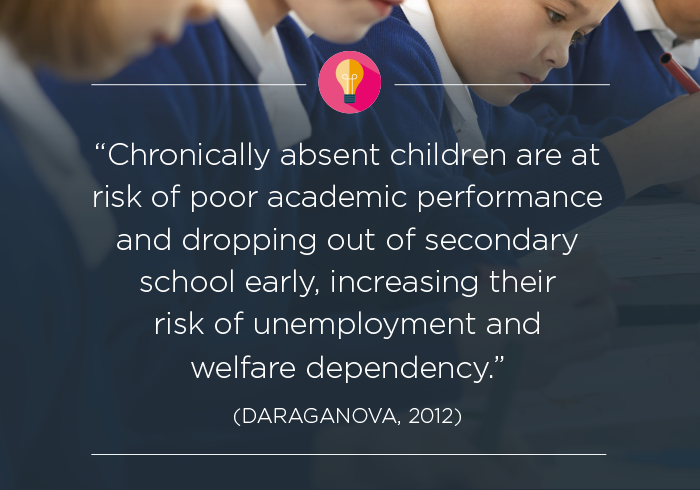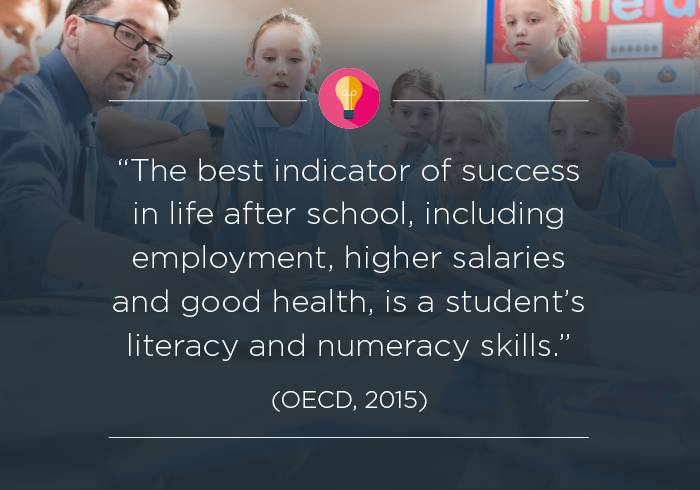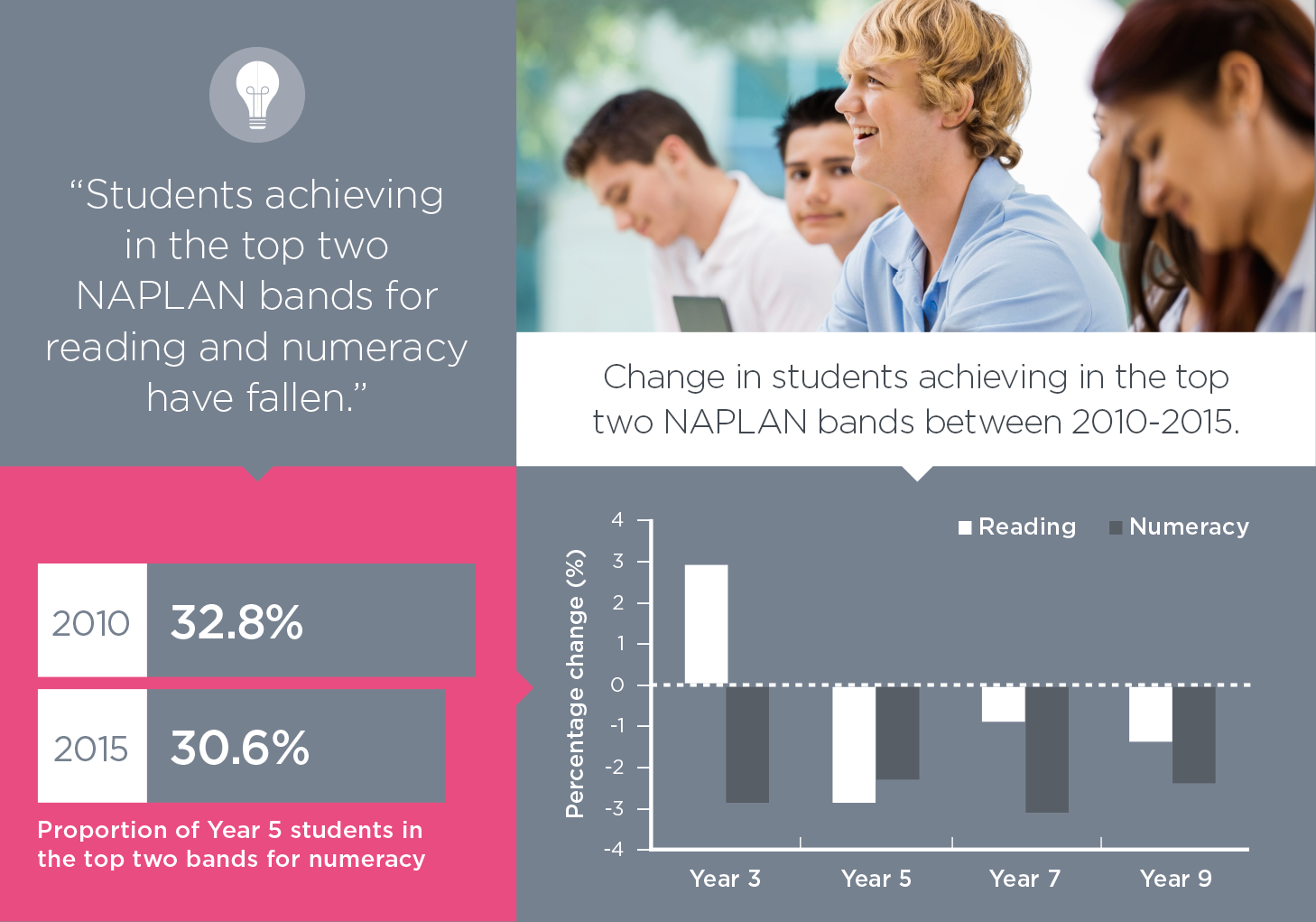

The student attendance rate is the number of student days attended by full-time students in Years 1 to 10, as a percentage of the total number of possible student attendance days over the same period.
The apparent retention rate is calculated by dividing the number of students in Year 12 by the number of students who were in Year 7 five years prior. This statistic is an ‘apparent’ retention rate as it does not track each individual student.
The HSC is the highest educational award in NSW schools and is presented to students who successfully meet BOSTES course requirements. Potential university applicants need to satisfactory complete a specific pattern of study for their HSC to be eligible for an ATAR.
Year 12 Certificates do not include completions from courses that have a large vocational component. The above data is not suitable as a measure of Year 12 or equivalent, but only for the completion of Year 12 Certificates.


NAPLAN results are reported along a national achievement scale, and are divided into ten bands. Six bands are used for reporting at each year level, however, not all bands are reported for each year group. The higher the band, the increasingly complex knowledge and skills demonstrated by students.





